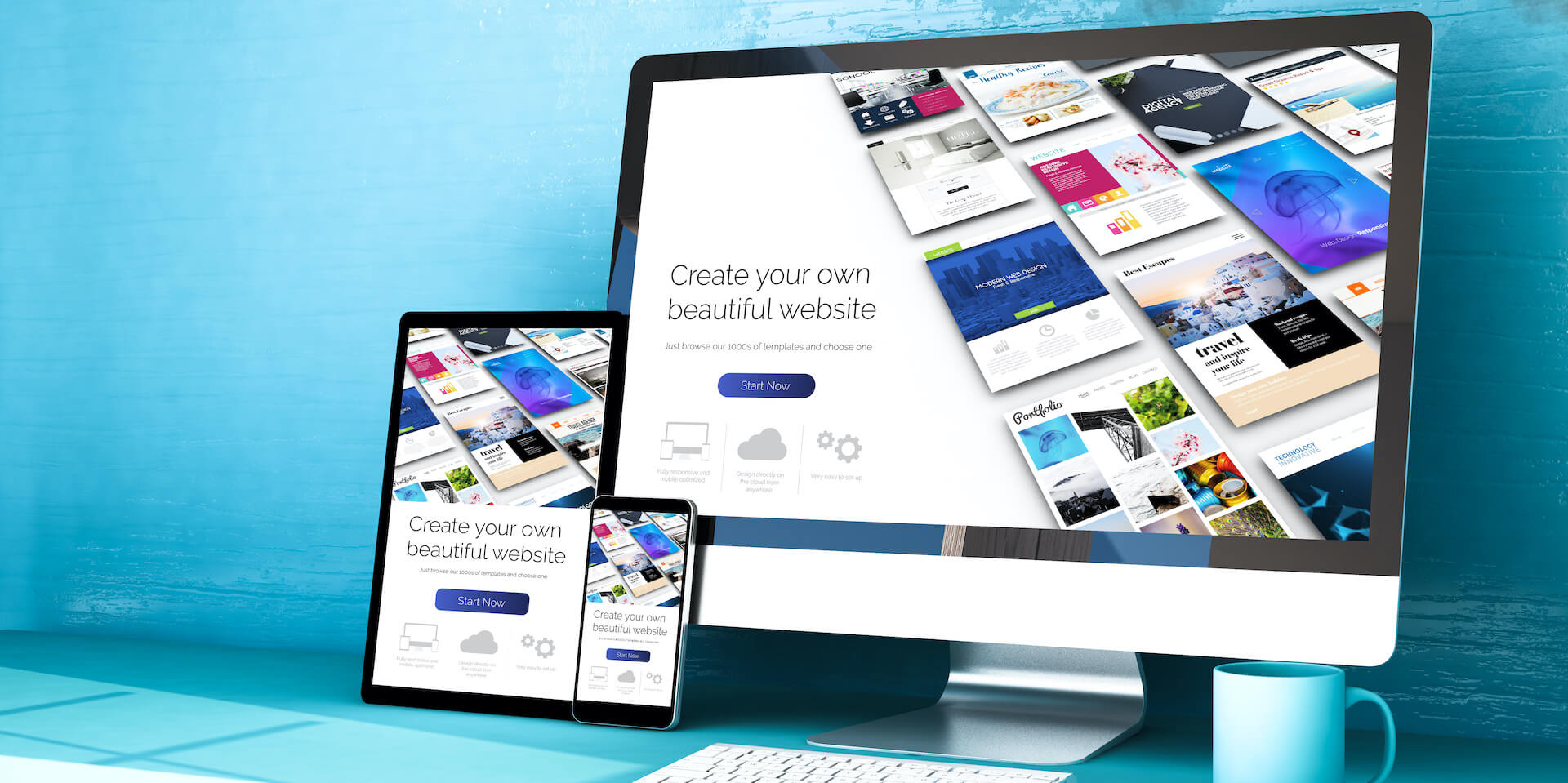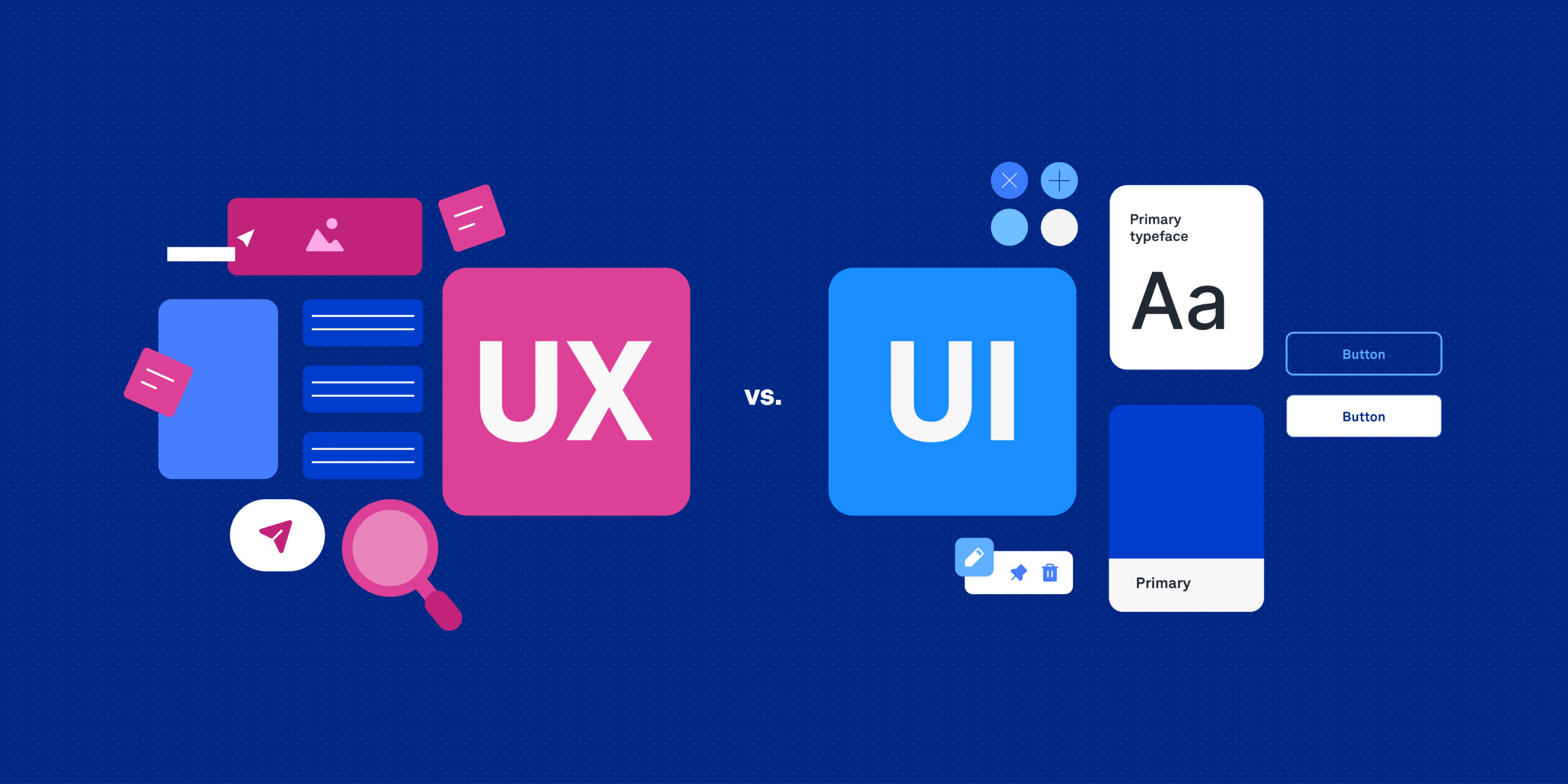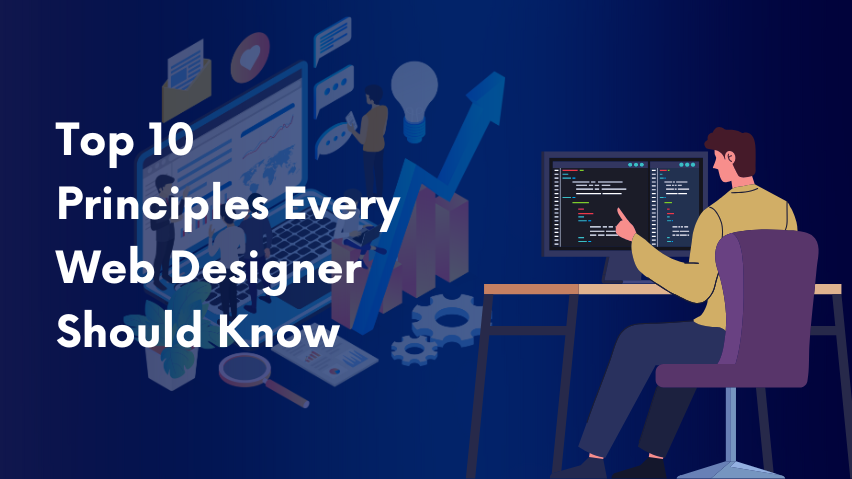First impressions last forever. When someone lands on your website, what do you think their instinctive, gut reaction will be? That’s the question you need to answer — honestly — before you begin optimizing your website for performance, trust, and conversions.
You only have a few seconds (less than 8, in fact) to make an impression. Your site must instantly communicate clarity, usability, and credibility.
A professional website isn’t just about aesthetics — it’s about function. Visitors expect smooth navigation, clear CTAs, engaging content, and a seamless user experience. If the design is cluttered or slow, or the navigation is confusing, your audience will bounce — and your content strategy fails before it begins.
Let’s dive into 9 practical tips to elevate your website’s professionalism:
1. Mobile-First Design
More users are browsing on mobile devices than on desktops. That means your site needs to be responsive, adapting seamlessly to smaller screens. Ensure your mobile site offers the same brand feel and usability as your desktop version. Responsive design is no longer optional — it’s foundational.
2. Consider Chatbots
With 6 of the top 10 global apps being messaging platforms, chatbots are a smart tool to improve engagement. These AI-powered assistants guide users, answer questions, and help drive conversions — all without requiring live customer reps. Even small businesses can integrate customizable chatbots easily.
3. Minimize Loading Time
A slow website loses visitors and drops in SEO rankings. One in two users will leave a page that takes more than 6 seconds to load. Reduce load time by optimizing images, minimizing redirects, and streamlining your site’s code. Page speed isn’t just a technical detail — it directly affects traffic and conversions.
4. Custom vs. Template Design
Templates are faster and more affordable but offer less flexibility. A custom design provides complete creative control, but requires more time, resources, and budget. Consider your goals, brand identity, and budget before choosing. For many, a high-quality template with custom tweaks strikes the right balance.
5. SEO Rules
A beautiful site is useless if no one can find it. SEO is critical. Craft SEO-friendly titles, write strong meta descriptions, use proper header tags, and structure your content for both search engines and human readers. Plan your SEO strategy early — it should guide your layout, content, and navigation choices.
6. Don’t Be Afraid of Fonts
Web design is no longer limited to basic fonts. With better screen resolution and thousands of web-safe font options, you can now express your brand with unique, bold typography. Serif fonts, underlines, highlights, and color variations are back in style. Just ensure readability and consistency with your brand’s tone.
7. Video Killed the Static Webpage
Video is now essential. It increases engagement, keeps users on your site longer, and boosts conversion rates. Embed product demos, testimonials, or explainer videos to bring your pages to life. In a visually-driven digital world, motion speaks louder than text.
8. Background Images Catch the Eye
Visuals drive memory. A strong background image can set the tone for your entire site and reinforce brand identity. Many top-performing corporate websites feature bold background visuals. Choose imagery that supports your message and avoids overwhelming your content.
9. Redefine Simplicity
Simplicity doesn’t mean boring. Today’s best websites are clean, intuitive, and smart — with bold, memorable touches. Trends like “brutalism” break conventions, offering raw, attention-grabbing designs. But even bold styles should follow usability rules: make links visible, place menus intuitively, and guide users smoothly.
Final Thought: What’s Your Visceral Reaction?
Ultimately, your website should make users feel something — confidence, comfort, curiosity. That initial gut reaction matters. Whether you’re revamping or starting from scratch, aim for a site that’s not just pretty, but powerful.





